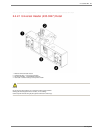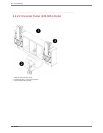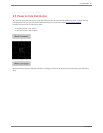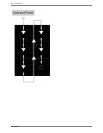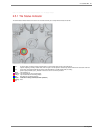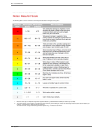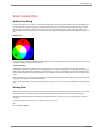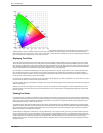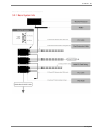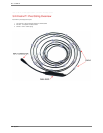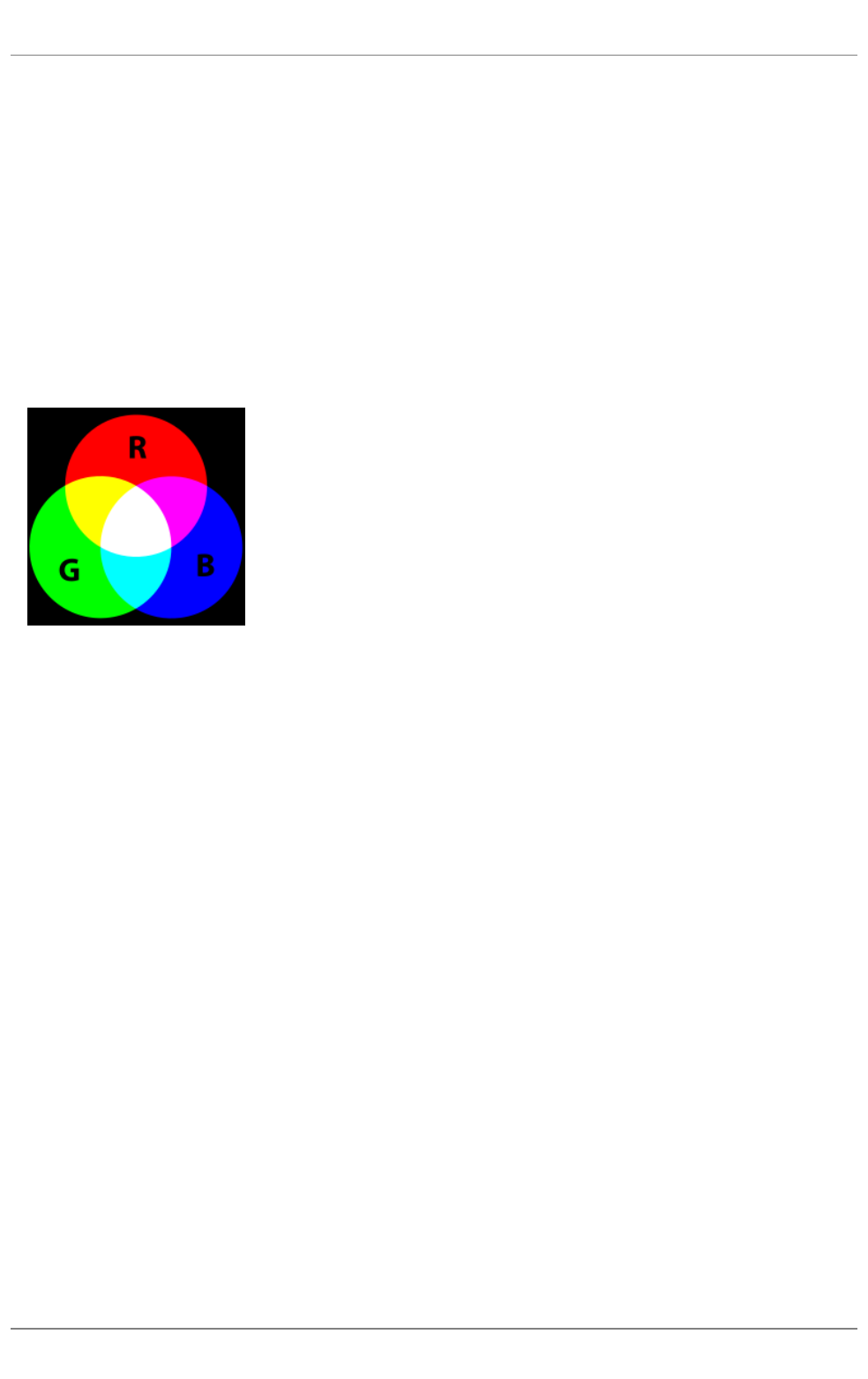
Home
>
2. C
-
series Tile
>
Notes: C
-series Color
Notes: C
-
series Color
Additive Color Mixing
Like TVs and computer screens, each pixel of a C-series display emits light. Because the LED pixels emit light, different colors are created additively; that
is, the color of each pixel is created by mixing one or more primary colors together. This is in contrast with printed or painted images, which reflect light
from a surface and use a subtractive color model. In the additive model, the three primary colors for human vision are defined to be red, green, and blue.
By mixing together each component in different amounts, different hues and intensities can be produced. For example, mixing red and green in equal
amounts produces a yellow color. Keeping the ratio of red to green equal and varying their intensity together allows different brightnesses of yellow to be
made.
Additive Color:
A C-series screen takes advantage of additive color mixing by grouping three or more differently colored LEDs to form a pixel. Each LED can then be set to
a corresponding brightness to provide the required color mix.
Luminance Correction
Understanding LED light output is an important factor for creating precise colours. Not all LEDs are created equally, and have many characteristics
controlling both the emitted color and intensity. This is further complicated by how the human eye actually perceives the emitted light. For example, at equal
intensities, green LEDs typically appear much brighter than red or blue LEDs as the human eye is more sensitive to green. This means that illuminating red
and green LEDs equally does not generate yellow as expected, as the sensitivity bias of the human eye towards green would result in a yellowish shade
of green.
These luminance differences are compensated for by adjusting the LED brightnesses accordingly. This allows for LEDs within a pixel to mix correctly, and
neighboring pixels to appear as if they have the same brightness.
Think of it as mixing paint. Where one bucket has a much stronger color than the other. i.e. you need more from the red bucket than the green bucket to get
yellow.
Defining Color
What is yellow? Is yellow the color of sunshine when seen through a low morning fog on a cold Sunday morning? Perhaps yellow is the color of Daffodils
that line a nearby stream as it meanders through a calm meadow. While somewhat poetic nether of those help us define what yellow actually is.
Fortunately, the International Commission on Illumination (CIE) mathematically defined the
‘
CIE 1931 XYZ color space
’
. Using this model we can define all
visible colors.
So, now we can compare thee to a summer
’
s day... Yellow is as lovely as x=0.42, y=0.51.
Ahem.
CIE 1931 diagram with sRGB gamut:
2. C
-
series Tile . 29
PXL System





